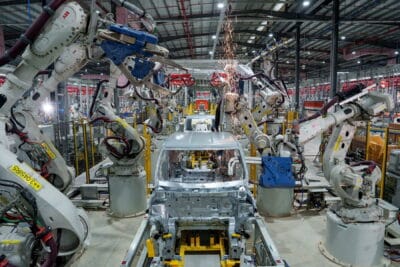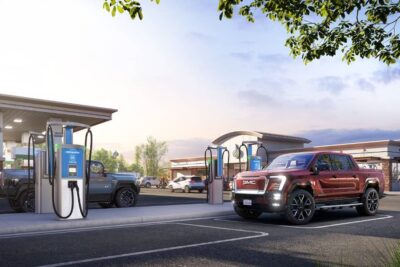US DoE invests in aviation, railroad, and maritime electrification
The aim of the Pioneering Railroad, Oceanic and Plane ELectrification (PROPEL-1K) programme is to support the research and development of alternative approaches to energy storage. In the end, they want to achieve a >4x improvement compared to existing state-of-the-art options. The technical scope encompasses electrochemical and/or chemical solutions that do not require hydrocarbon-based fuels (fossil or synthetic). The targets for the energy storage system (ESS) solutions are 1000 Watt-hour per kilogram and 1000 Watt-hour per litre at the end of life and at the net ESS level.
The technical scope encompasses electrochemical and/or chemical solutions that do not require hydrocarbon-based fuels (fossil or synthetic). The targets for these energy-storage system solutions are 1000 Watt-hour per kilogram (Wh/kg) and 1000 Watt-hour per litre (Wh/L) (so-called “1K” technologies) at the end of life (EOL) and at the net ESS level.
Of particular interest are technologies that are not mere extensions of current mainstream electrochemical device thinking or short-term technology road maps. The primary program objective is to develop exceptionally high-energy storage solutions, capable of catalyzing broad electrification of the aviation, railroad, and maritime transportation sectors.
As mentioned above, the US government wants to catalyze broad electrification of the aviation, railroad, maritime and truck logistics sectors. In each of these, a specific target has been set: For aviation, the idea is to enable regional flight up to 1000 miles on aircraft transporting up to 100 people. Railroads will see all North American railroads and enable cross-country travel electrified in the US with fewer stops, as well as reduced infrastructure requirements for charging/refuelling.
The maritime sector is to enable the electrification of all vessels that operate exclusively in US territorial waters, and, finally, the truck segment is to enable longer range and higher freight loads.
Further splits are built into the programme, however, and two discrete development tracks are set, primarily differentiated by peak power capability, continuous power capability, required system voltage, and levelized cost of storage (LCOS) targets. Category A targets a greater peak power and continuous power capability with a higher LCOS category for electric aircraft; and Category B targets a lower peak power and continuous power capability with a reduced LCOS category for railroads and ships.





0 Comments